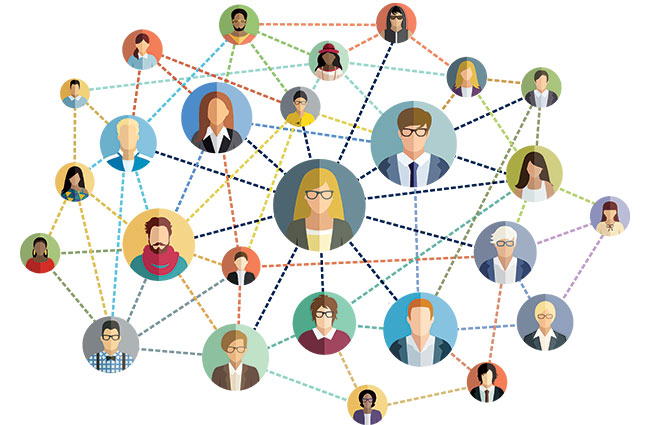Let’s begin with a wish—a prayer—a hope—that I recently learned from my friend Christine, who is teaching in a small village in Zimbabwe, Africa—Kufunda. She says they begin with this verse each day:
May love glow within me.
May strength penetrate me
That in me may arise
A helper of humankind,
A servant of sacred things
Selfless and true.
—Rudolf Steiner
I am so proud of my friend and love getting updates from her. I am especially grateful to have learned this beautiful wish with which to begin each day.
Positivity in the world begins with each of us.
The power of affirmations—in your personal life, in business, and athletics—means what you think is what you become. We have complete control over our own narratives. How we think and feel dictates our state of well-being. Looking to enhance your well-being in 2022? It’s time to master the power of positive self-talk. And Capiche has an exercise to help you do just that!
The purpose of this activity is to turn your self-talk from destructive to constructive. Many of us are flat-out cruel to ourselves with our self-talk. It’s time to break that narrative.
Let’s say you want to improve your performance in a sport you love to play. Time to reframe your inner dialogue. It’s easy. Grab a piece of paper and create two columns. In the first column goes a positive statement about yourself. In the second column, add something you have accomplished (at some time, not necessarily that day). Just complete one row each day; by the end of a month, you’ll have 30 rows of positive statements and accomplishments completed!
Let me share an example. One of my clients wants to improve his self-talk to enhance his pickleball performance. In his first column, he could say, “I am coachable,” and the accomplishment might be, “I passed my 3.5 rating test.” That’s enough for one day! He’ll add one more row each day over the next month.
It takes less than a minute a day. Given that there are 1,440 minutes in a day, you should be able to find just one to complete this activity. I promise that at the end of the 30-day period, you’ll have experienced a huge boost in confidence and performance. Practicing positive self-talk will allow you to quit tearing yourself down and instead build yourself up.
Funny—as I write this, I just happen to be wearing a hoodie that says, “You are what you think.” I purchased it from a dear family friend, Dan DeNose. Now, he’s a guy who embodies this message, and I invite you to check him out for some extra positive vibes!
Wishing you a happy, healthy, and positive new year!















